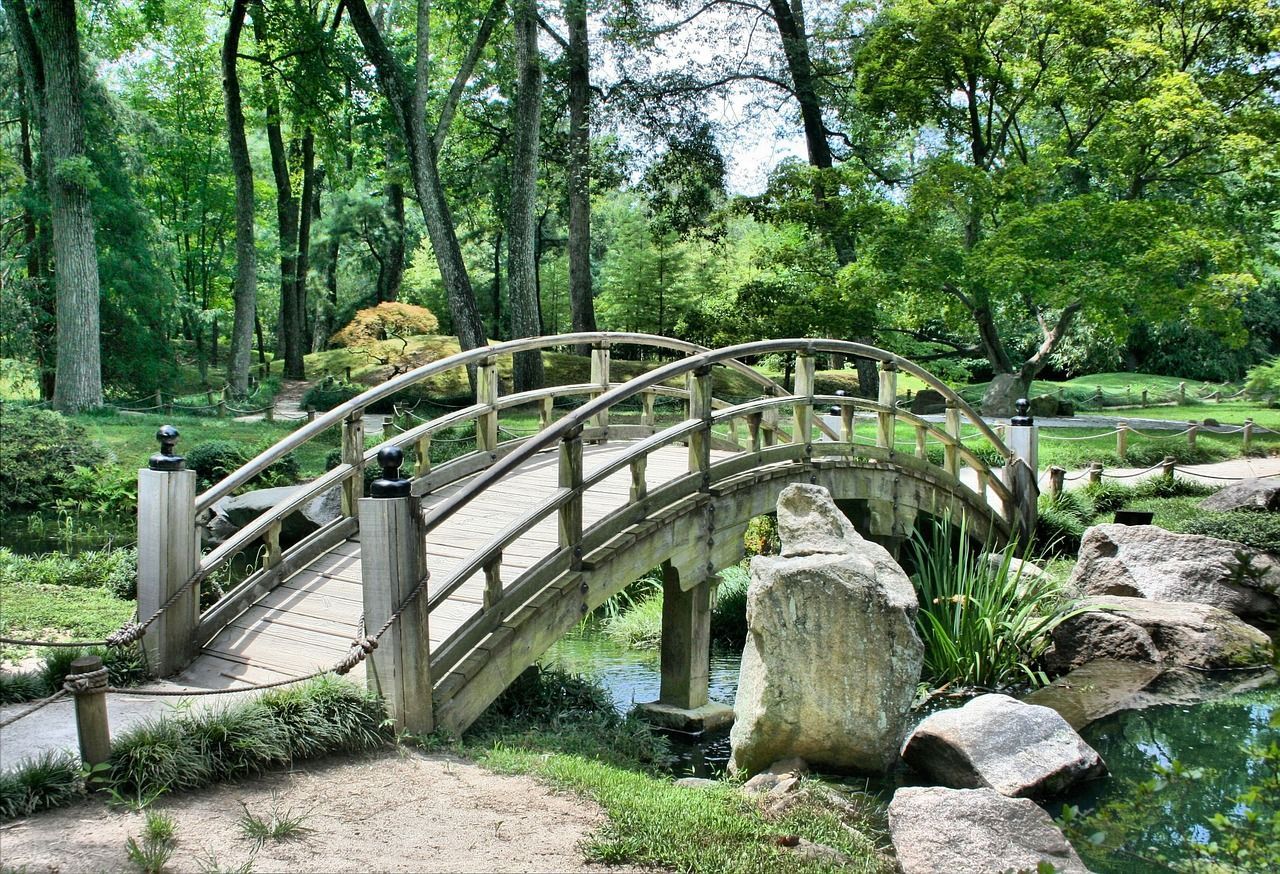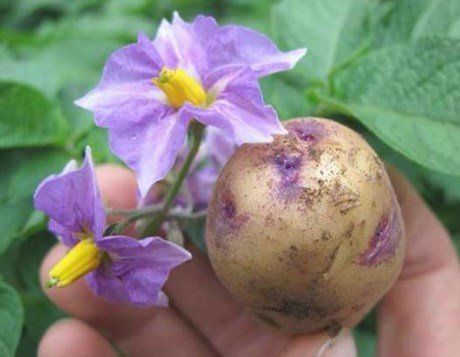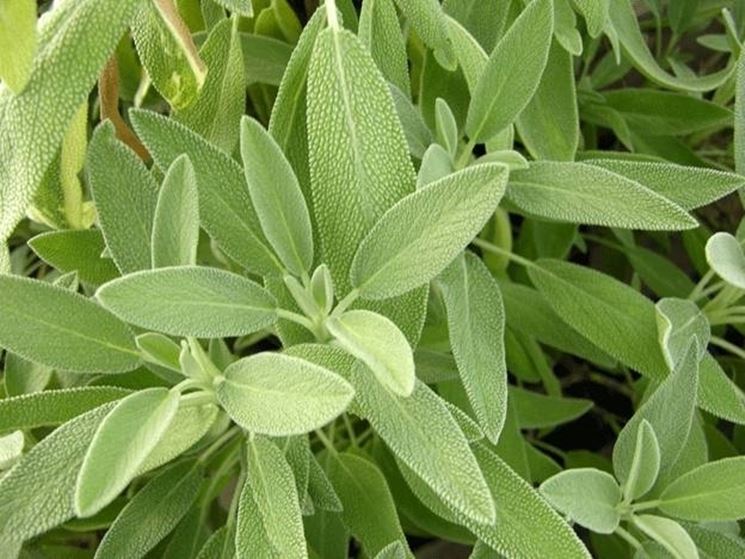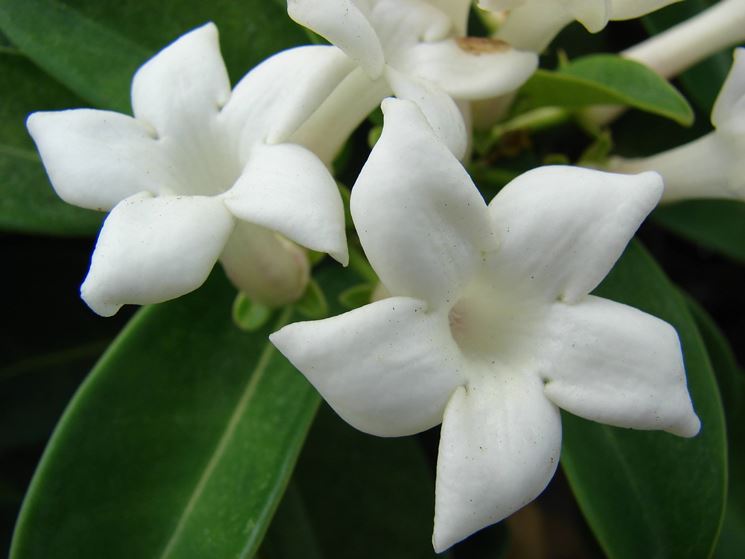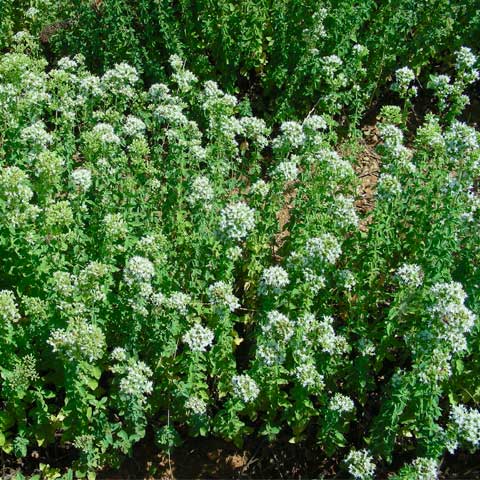One of the household chores we all have to dispose of is definitely grocery shopping. Often this commitment sees us in the supermarkets somewhat harried by time issues to choose products that we then pile into the bags that we laboriously carry home. To partially avoid this burden, eat fresh, wholesome produce and at the same time try our hand at fun new experiments, we can try growing some produce right at home. One example is Potatoes, the cultivation of which is possible throughout the year, but especially between late winter and early spring. They can be easily grown in a bin, in a bag or in a pot.
In the former case, you need to take a garbage can of about 50 liters and poke holes in the base to prevent mold and mildew and promote water drainage. Now fill it about ¼ full with fertile potting soil, where you will need to place, spacing them out, sprouted potatoes cut in half widthwise and buds facing upward. Finally place the bin in a sunny spot, remembering to water frequently, but without overdoing the amount of water: the potting soil should always be moist. When you see the first sprouts appear, remember to cover them with another layer of potting soil. Slowly deep green seedlings will grow, and after about three months, when the leaves and stems have changed from green to yellow it will mean that the potatoes are ready.
For growing Potatoes in a burlap sack you need to get one of about 10 liters, pierce it at the base for water drainage and fill it with some potting soil. Then arrange, spacing them apart, some sprouted potatoes cut into large pieces and cover them with another layer of potting soil. Again place the bag in a sunny spot, since light stimulates germination, water frequently to ensure the right amount of moisture for the potting soil, and after about 60 days, when the seedlings turn from deep green to yellow and the leaves are dry or wilted, the game is over. The best time to grow Potatoes using the burlap sack technique is from late March to late May.
The last method considered is to grow Potatoes in the pot.
We need to take a pot of about 50 liters and maximum 30 cm deep and use the usual technique, that is, fill it ¼ full of potting soil, bury some sprouted potatoes cut into pieces, of course with the sprouts facing upward, making sure to space them well apart. Again, the first leaflets will need to be covered with another layer of potting soil, you will need to water frequently to ensure the right degree of moisture, and at some point green seedlings will appear with white and pinkish flowers that are very pleasing to the eye. When, after 2 to 3 months, they will change color and will have turned from green to yellow, it will mean that our potatoes are ripe. All we will have to do is dig up our tubers, leave them in the sun a little bit to remove their moisture, and then they will be ready to be eaten. We consider the "home" cultivation of Potatoes to be an Sempreunagioia® activity because it allows us to try our hand at something unusual, peculiar, fun and that in the end gives us tasty healthy products to be consumed in the kitchen in a variety of ways.
What do you say? Have we tickled your resourcefulness?
Good luck!
Cinzia & Sergio



